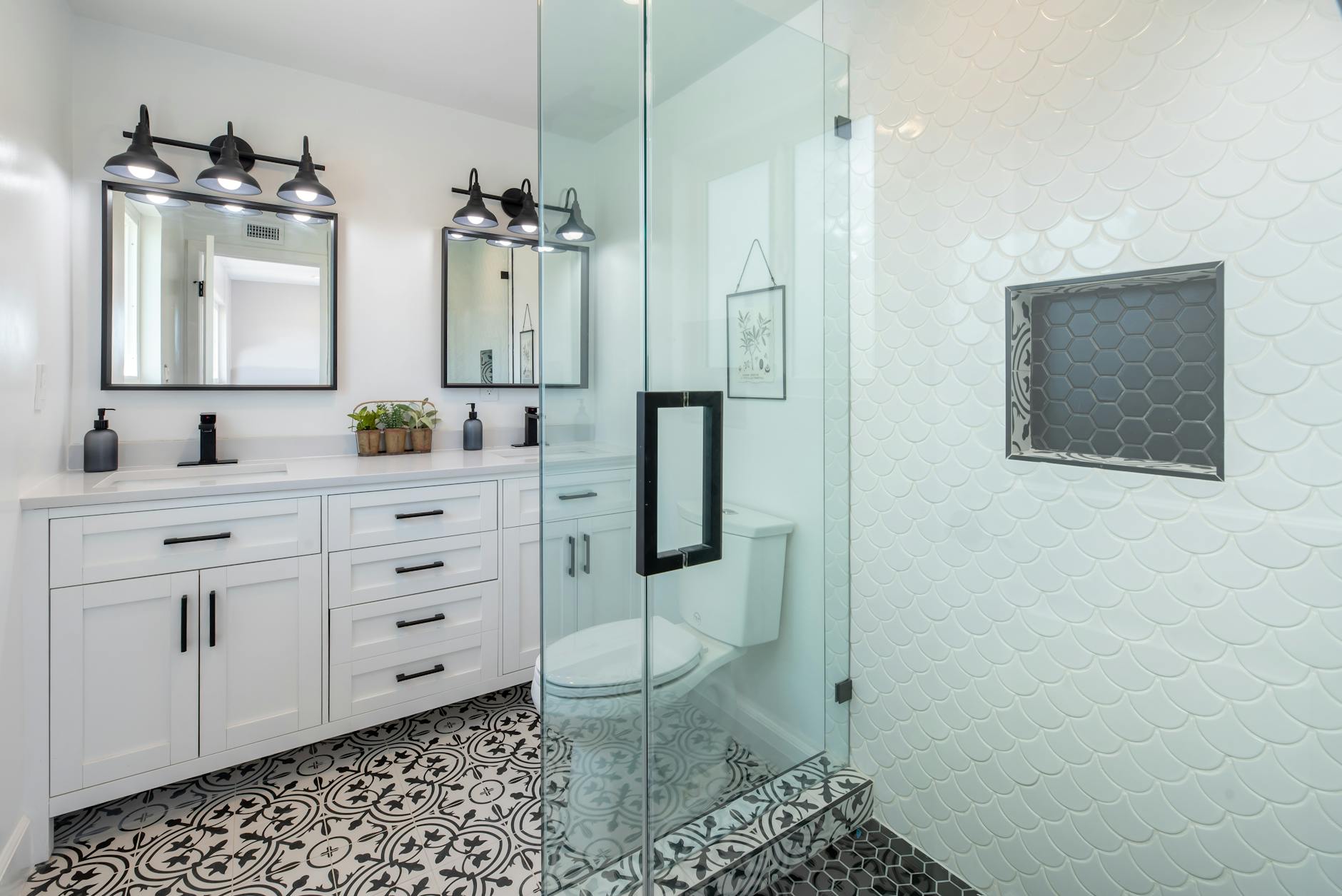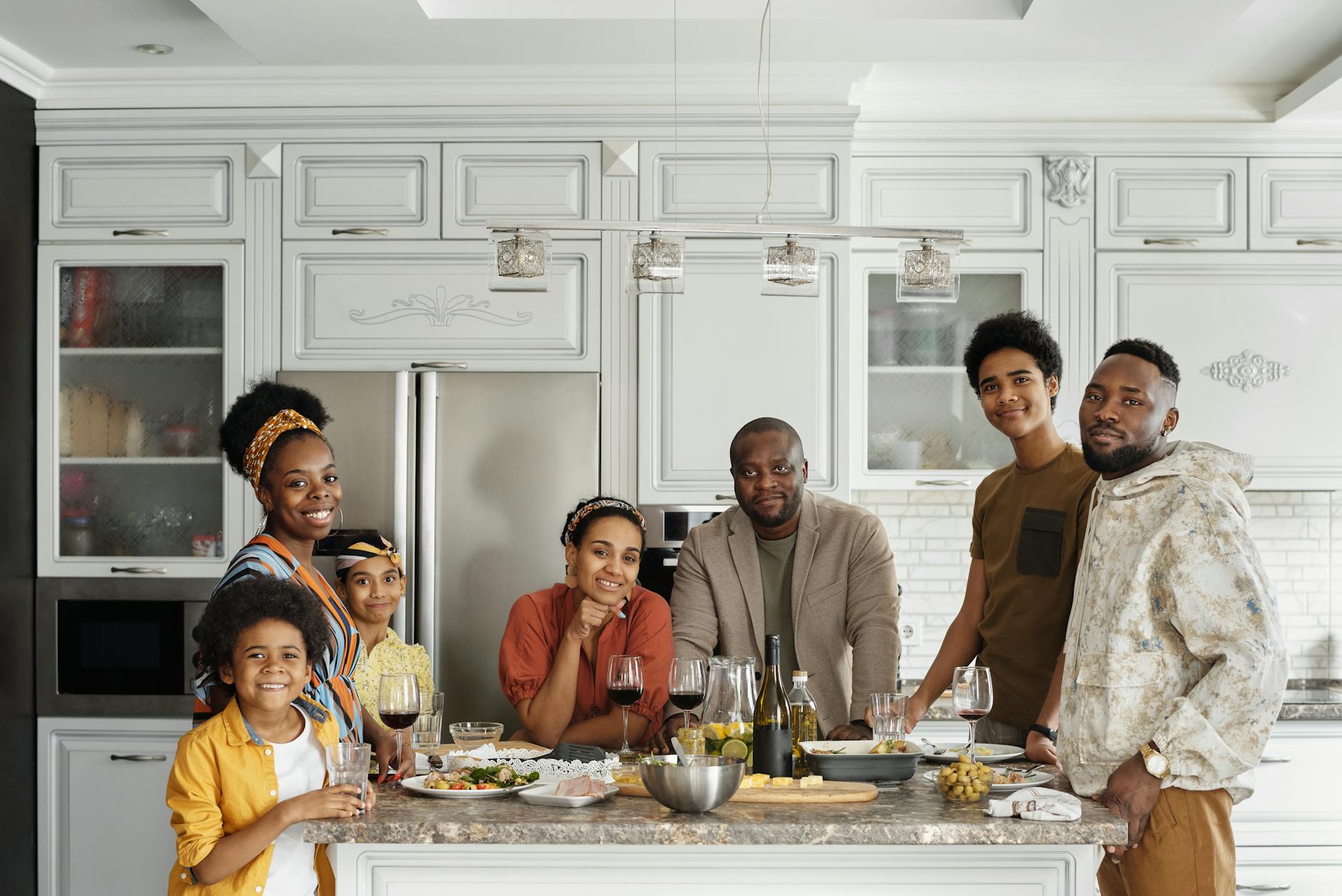How to Design an Eco-Friendly Home in Australia

Site Selection and Planning
When exploring site selection and planning for sustainable homes, it's crucial to start by prioritising the location. For many, the challenge lies in balancing access to urban amenities with a low ecological footprint. In Melbourne, an innovative approach can be observed in areas such as Point Cook, where sustainable housing initiatives focus on reducing environmental impact while maintaining modern living standards.
Choosing the Right Location
The right location significantly influences the sustainability potential of a project. It’s beneficial to look for sites that offer the best of both worlds: connection to community services and a natural setting that supports sustainable practices. As such, considering local real estate options like houses for sale wollert offers an avenue to tap into burgeoning eco-friendly communities.
Evaluating Natural Elements
Selecting a location with favourable natural elements can enhance sustainability. Evaluate aspects like sunlight exposure, prevailing winds, and the natural landscape. For example, property for sale sunbury might feature properties with topographical advantages that minimise the need for artificial heating and cooling, thus saving on energy.
Understanding Local Regulations
An integral part of sustainable site planning is understanding local regulations and zoning laws. Comprehending these laws ensures compliance and maximises sustainability potential. For instance, familiarity with local council policies can ease the integration of green technologies in areas like homes for sale williams landing. This understanding allows for sustainable methods that align with urban growth plans and ecological considerations.
Sustainable Materials and Techniques
Selecting Eco-Friendly Materials
When embarking on sustainable housing initiatives, selecting eco-friendly materials is integral to reducing environmental impact. As a designer invested in sustainability, I'm drawn to materials that have minimal ecological footprint. For instance, bamboo and recycled steel are excellent choices due to their renewable nature and durability. Incorporating materials like these not only contributes to eco-friendly estates in Harpley but also enhances the aesthetic and structural quality of homes. In addressing the local regulatory landscape, it's worth noting that many councils, especially in regions like Point Cook, are increasingly focused on sustainable housing solutions.
Innovative Building Techniques
Embracing innovative building techniques can significantly impact the sustainability and efficiency of construction projects. Techniques like modular construction and 3D printing offer considerable benefits, including waste reduction and faster build times. In my experience, utilizing these methods in conjunction with single storey display homes aids in adapting to modern drainage and energy systems seamlessly. Moreover, the aesthetics of these designs fit well within community expectations in planned estates such as burnside estate, showcasing a commitment to modern yet sustainable living.
Longevity and Durability
Ensuring longevity and durability in construction processes is critical for sustainable development. By focusing on robust design principles, one can create buildings that stand the test of time, thereby minimizing the need for frequent repairs and maintenance. This approach not only aligns with the principles discussed at environmental conferences at the Melbourne Convention and Exhibition Centre but also empowers homeowners with quality that lasts. Employing materials and techniques with excellent durability helps to craft environments that support sustainable community living, equivalent to those found in display homes villages near me.
Energy Efficiency Strategies
Renewable Energy Options
In Melbourne's dynamic landscape, renewable energy sources serve as a cornerstone of sustainable design. Leveraging solar panels, for instance, can be a transformative move towards reducing dependence on non-renewable energy. Consider installing panels on strategic roof placements to maximise sun exposure, offering a practical path to energy independence. Wind turbines, though more suited to less urbanised areas, can complement solar efforts in more rural properties. Keep in mind eco-friendly estates in places like Harpley when assessing how these innovations can be integrated effectively.
Insulation and Ventilation Tips
Proper insulation is crucial for maintaining comfortable indoor climates while reducing energy usage. Focus on sustainable materials like recycled wool or cellulose, which can offer excellent thermal retention. Meanwhile, effective ventilation plays a pivotal role in maintaining air quality. Employing cross-ventilation techniques, where air can seamlessly flow through living spaces, supports efficient temperature regulation without over-reliance on mechanical systems. When exploring improvements, refer to local display villages like those near cobblebank houses for sale for real-world applications.
Smart Home Technologies
Adopting smart home technologies provides modern residents with unprecedented control over their energy consumption. Automated thermostats, smart lighting systems, and energy-monitoring apps can streamline utility use by intelligently adjusting settings based on real-time data. Beyond convenience, these systems align seamlessly with melbourne property prices by suburb, balancing cost with technological benefits. By integrating these innovations, residents across Melbourne can proactively manage energy use, fostering both economic and environmental benefits.
Water Management and Conservation
Rainwater Harvesting Systems
Living in Australia, where water scarcity can be a pressing concern, we need to focus on sustainable solutions for water management. Rainwater harvesting systems present an invaluable approach to conserving this precious resource. By installing systems that collect and store rainwater from roofs, homeowners can significantly reduce their reliance on municipal water. Rainwater harvesting isn’t just eco-friendly—it also offers a cost-effective option for those investing in a house and land package Wallan.
Greywater Recycling Solutions
Recycling greywater presents another sustainable avenue to reduce water usage. Utilising water from sinks, showers, and washing machines for irrigation or toilet flushing can substantially cut down on freshwater consumption. Implementing greywater systems in urban developments, such as the innovative designs seen in Donnybrook Estate, not only conserves water but creates a more sustainable living environment. This can be especially beneficial in densely populated areas where water demand is high.
Drought-Tolerant Landscaping
Embracing drought-tolerant landscaping is a strategic way to maintain attractive gardens without excessive water use. Selecting native plants that require minimal watering can enhance the aesthetics and ecological balance of urban developments. As designers, we must guide our communities to adopt landscaping practices that complement the natural environment, similar to the eco-friendly estates in Harpley. This not only contributes to water conservation but also promotes biodiversity and resilience in our landscapes.
Overcoming Challenges
Navigating Bureaucracy
As an innovative environmental designer in Melbourne, I am astutely aware of the hurdles often encountered in navigating the complex web of local legislation around sustainable practices. This is especially evident within the context of sustainable housing initiatives in Point Cook. Working closely with local councils to understand zoning laws, building codes, and environmental regulations is crucial. To streamline the process, consider engaging with a consultant experienced in eco-friendly estates in Harpley. This kind of strategic collaboration can significantly reduce the red tape and ensure projects meet both ecological and legal standards.
Budgeting for Sustainability
Balancing cost-efficiency with sustainability can feel like a juggling act. However, integrating a well-thought-out budget plan can alleviate financial stress. Start by prioritising key elements like energy-efficient systems and durable materials that offer long-term savings. Researching government incentives at environmental conferences at the Melbourne Convention and Exhibition Centre can uncover financial aid opportunities. Furthermore, investing in future-focused technologies like solar panels can lead to significant cost reductions over time, improving both financial and environmental ROI.
Integrating Innovation and Tradition
Fusing innovative design ideas with traditional elements is the hallmark of truly sustainable architecture. Embracing smart designs that utilise eco-friendly renovations alongside timeless building materials creates a harmonious balance that respects both modern demands and traditional aesthetics. Lead with flexibility; for example, employ adaptable modular systems or repurpose existing structures to enhance sustainability. Every project presents its unique synergy between old and new, paving the way for stylish yet environmentally-conscious solutions that resonate with the innovative spirit and rich heritage of Melbourne.


